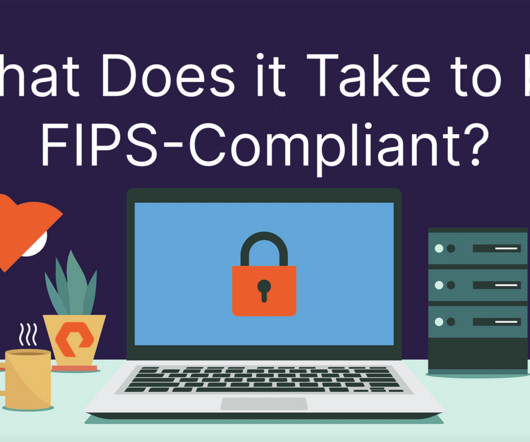Security Industry Association Opens Applications for 2025 Denis R. Hébert Identity Management Scholarship
Security Industry Association
JUNE 30, 2025
This program offers $5,000 scholarships for SIA members to help further their education in the field of identity management. . – The Security Industry Association (SIA) is now accepting applications for the Denis R. Hébert Identity Management Scholarship.















Let's personalize your content